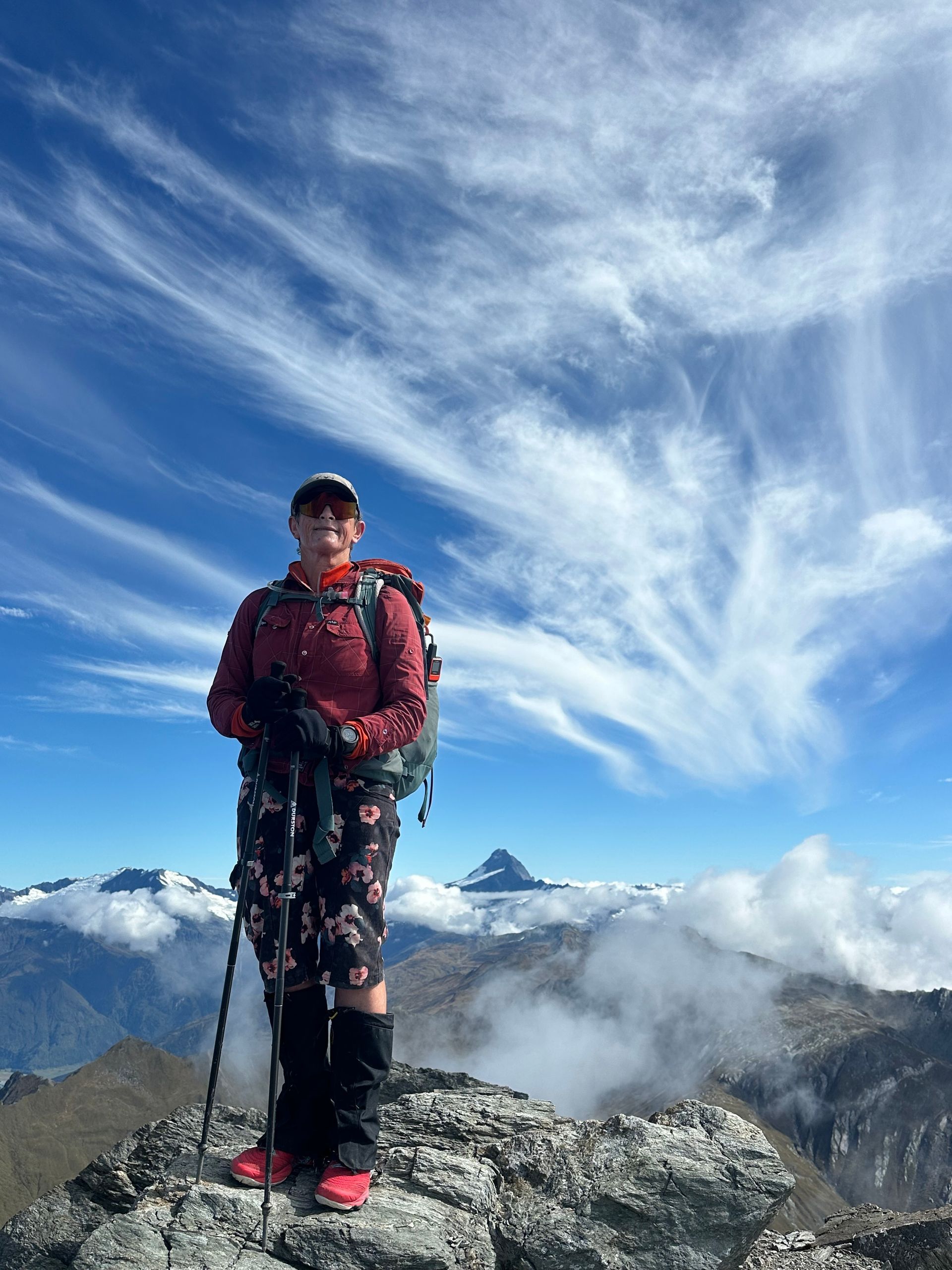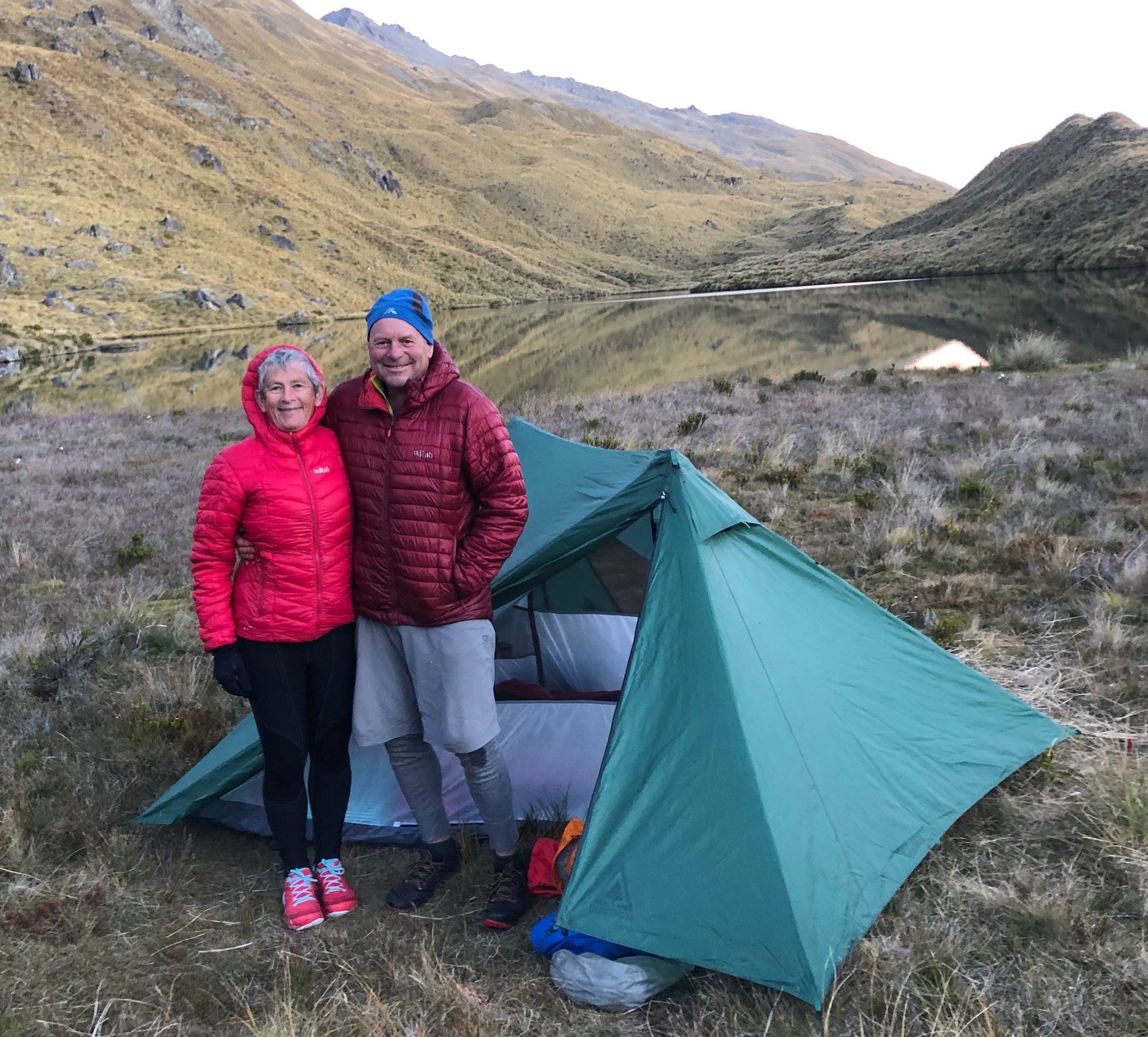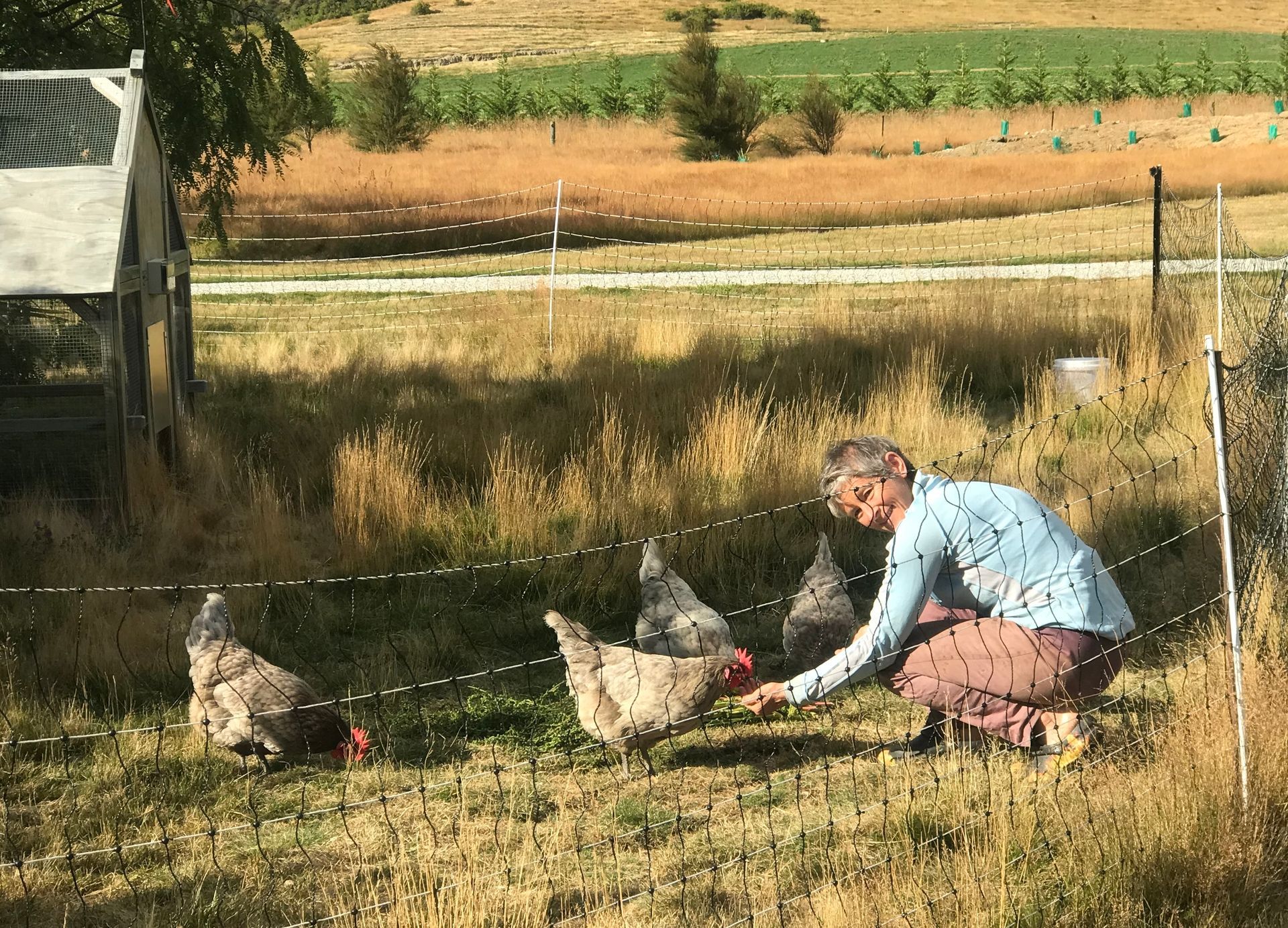Bungy jumps and pogo sticks
The feeling in the air following the government’s May 11th announcement of New Zealand’s move to Alert Level 2, has made me think of springs and release of energy. In the 1970s I badly wanted a pogo stick, like many of my generation. George Herrington of Wichita, Kansas, patented the pogo stick concept in 1891. Its purpose was to leap great distances and heights. The modern pogo stick was invented by two Germans ( Po hlig and Go ttschall) who registered a patent in 1920 – it is thought that the Pogo name was derived from their surnames. The two handle pogo stick was patented in the USA in 1957, but its popularity exponentially increased in the 1970s due to a marketing scheme promoting its design and versatility.
Pogo sticks have had a further renaissance in the age of extreme sports with the invention and expansion of extreme pogo sticks in the 2010s. The sport of Xpogo has its peak competition at the annual World Championships held in Pogopalooza, Pennyslvania ( yes, really! ).

Chris had a pogo stick he purchased at a garage sale, and achieved at least a 100 consecutive bounces (in his memory anyhow). I did not find one at a garage sale or get given one. Similarly, Chris has done a bungy jump and I have not because, in times of wayward youth, I spent my limited dollars on something that was probably a good deal less fun than bungy jumping might have been. In times of less youth, I am more interested in technical skills in sports such as mountain biking, as compared to falling briefly off a bridge. I should note, however, that of all the risky things that Chris has done (in which bungy jumping would count as objectively not so risky), he reckons it is by far the scariest – bungy jumping scores major subjective risky points.
Leaping into Alert Level 2 feels somewhat risky also, despite New Zealand’s very low current prevalence of COVID-19. Our new case numbers have stayed below ten since April 19th and have been at three or below since April 27th. Of late, there have been no new cases where the source of infection is not clear – they have all been either from travel overseas or a known case. That means current community transmission is extremely low right now and we are at the safest point in our COVID-19 trajectory since lockdown began on March 26th, and at the safest point for the foreseeable future, as restrictions reduce. Only time will now tell whether there is sufficient virus in the community for it to make a comeback or not.
How will the population behave as we move from Alert Level 3 to Level 2? The realist part of my brain is trying to remember that one should do meditative breathing, both to deal with strongly negative and positive events. We breathed in and held , for an initial four weeks and then the subsequent three weeks, now we need to breathe out slowly, not a rush of breath and a gasp and repeat. However, meditative breathing or measured action is much easier said than done. We have seen the degree of jubilation and anticipation, which has resulted in many people moving into Level 2 social behaviours already. We, ourselves, have already rung friends and family and organised get togethers for later this week, though staying well below the maximum gathering size of ten. Why wouldn’t one feel hopeful and happy? The removal of lockdown is the best thing that has happened to us in 2 months!
The reminders for caution are out there in the experiments the rest of the world is conducting. It isn’t only people that can do pogo stick-type jumps – COVID-19 can too:
- China had a resurgence of COVID-19 cases in Harbin City, after successfully suppressing the original Wuhan outbreak. It immediately imposed a new lockdown and travel control measures in Harbin City. A small cluster of 5 new cases has arisen in Wuhan City. They must be pretty worried given that 11 cases were enough for Shulan City to be put into lockdown on Saturday.
- Singapore kept its numbers low, then had an outbreak in its international workers’ accommodation. It is easing general restrictions on retail, but keeping the worker dorms locked down.
- South Korea’s infections spiked after a successful episode of very high rates of testing and reduced retail and school closings. In response, clubs and bars have been closed down again in the capital and increased testing undertaken. 24 cases are linked to a single night club attendee; he visited 5 establishments which another 7200 people went to last weekend. The mayor of Seoul told citizens, “Carelessness can lead to an explosion in infections”.
- Germany has seen a rise in cases as the country exits its restrictive measures (they never had a full lockdown). Much of this rise is apparently in international worker communities related to meat processing plants and care homes. Their COVID-19 reproduction rate has climbed over 1 i.e. each person is now infecting more than 1 other person, so the virus is again on a track to exponential spread. The Chancellor has powers to increase restrictions if case numbers climb above 50 per 100,000 people. That would equate to 250 cases for the whole of New Zealand, which we reached as we locked down on 26 March i.e. it is quite a high threshold for action.
- Iran recently closed down a county in the southwest of the country as COVID-19 cases rose, supposedly because people were not adhering to physical distancing.
Every experiment is different and New Zealand has had exceptionally low case numbers for a significant period of time. But it will only take one super spreader event (such as the Bluff wedding, Marist College outbreak or Matamata Pub St Patrick’s day celebration) to take us right back to the beginning again. The Prime Minister’s message to stay ‘Alert’ at Alert Level 2 is an important one and it is hard to believe that the whole of our ‘team of 5 million’ is going to be up to preserving physical distancing.
Hopefully, the bungy jump phenomenon of ever decreasing bounces will occur. I am visualising that people will take considerable liberties in this first period of freedom, then iterate back towards safer behaviour as there is the first case spike and the ‘telly offy’ brigade resurface to keep us all in line. We will not be getting uncontrolled cases from overseas with our closed borders, nor in worker dormitory dwellings, like Singapore or Germany. We have achieved lower numbers than most other countries that are reducing restrictions and are thus definitely on an elimination path, as opposed to mitigation and a ‘ hammer and dance ‘ scenario of cycling lockdowns. Remember that early and depressing scenario, of cycles of virus suppression and expansion, requiring cycles of decreased and then increased restrictions until a vaccine is available?
Whether New Zealand’s testing and subsequent contact tracing (we wait with bated breath, or not, for the promised contact tracing app) is up to controlling new infections remains to be seen. Therefore our action research experiment continues on into Alert Level 2.

I couldn't find a bungy jumping picture but here is Chris doing his first sky dive. He leapt off and closed his eyes - that's about where we are at on our COVID-19 journey.

Another piece of good news of late was that Taika Waititi, the New Zealand director of films, including Jojo Rabbit, Thor of Ragnarok and Hunt for the Wilderpeople, will direct the next Star Wars movie





